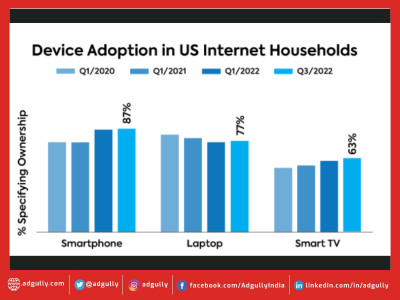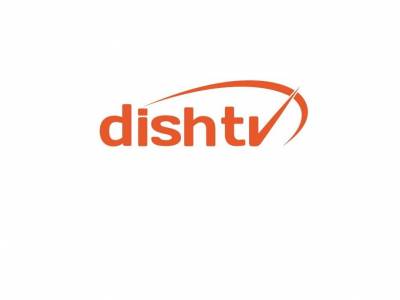Ad blocking cost digital publishers $41.4 bn worldwide in 2015: Study
Ad blocking cost the digital publishing industries an estimated $41.4 billion worldwide in 2015. This was revealed by Parks Associates in its study titled ‘Tracking Eyeballs: Video Analytics and Measurement’. The study warns that consumers might increasingly use ad-blocking solutions while streaming video if the digital advertising methods disrupt their viewing experience. Parks Associates’ digital media analysts advise service providers and media companies that the best defense against these ad blockers is to develop digital advertising models that are integrated and non-disruptive to the viewing experience.
Glenn Hower, Research Analyst, Parks Associates, pointed out, “Many content creators rely on advertising revenue to monetise video, especially as newly launched digital services seek revenue. As digital video viewership increases on all screens, use of ad-blocking technologies is a concern for content owners and distributors.”
He further said, “Ad blockers have their roots in web publishing, often to prevent full-page overlays or popups that would disrupt the experience. As Internet video viewership on the television screen increases, advertisers are seeking to leverage prime living room real estate in this new media model. Content and OTT providers and advertisers need to ensure their methods do not interfere with the viewing experience, which would otherwise drive viewers to ad-blocking technologies.”
Increases in personalised OTT service offerings, automated media buying and selling, and advertising as a necessity in low-income markets have driven greater interest in dynamic ad insertion. Parks Associates forecasts total digital video advertising revenue increasing from $14.4 billion worldwide in 2016 to $28.9 billion in 2020, leading to a five-year CAGR of 15 per cent.
Internet video viewership increased by a five-year CAGR of over 18 per cent from 2010 to 2015.
The total number of OTT video services has tripled from 2010 to 2015.
“Connecting advertisers with appropriate, and accepting, audiences is a significant challenge for ad-supported video providers,” Hower said. “The reward, however, is more meaningful ad messages to consumers, with greater impact, response, and brand retentions. Another reward is more valuable media inventory for both content and service providers and their advertising partners.”
The Parks Associates study shows that US broadband households watch an average of 3.8 hours of Internet video on TV screens each week, accounting for 20 per cent of all video viewed on this device.
‘Tracking Eyeballs: Video Analytics and Measurement’ evaluates current audience metrics tools being implemented in digital video, identifies key players in the audience measurement services industry, and assesses the future for digital video advertising and audience measurement.

















Share
Facebook
YouTube
Tweet
Twitter
LinkedIn